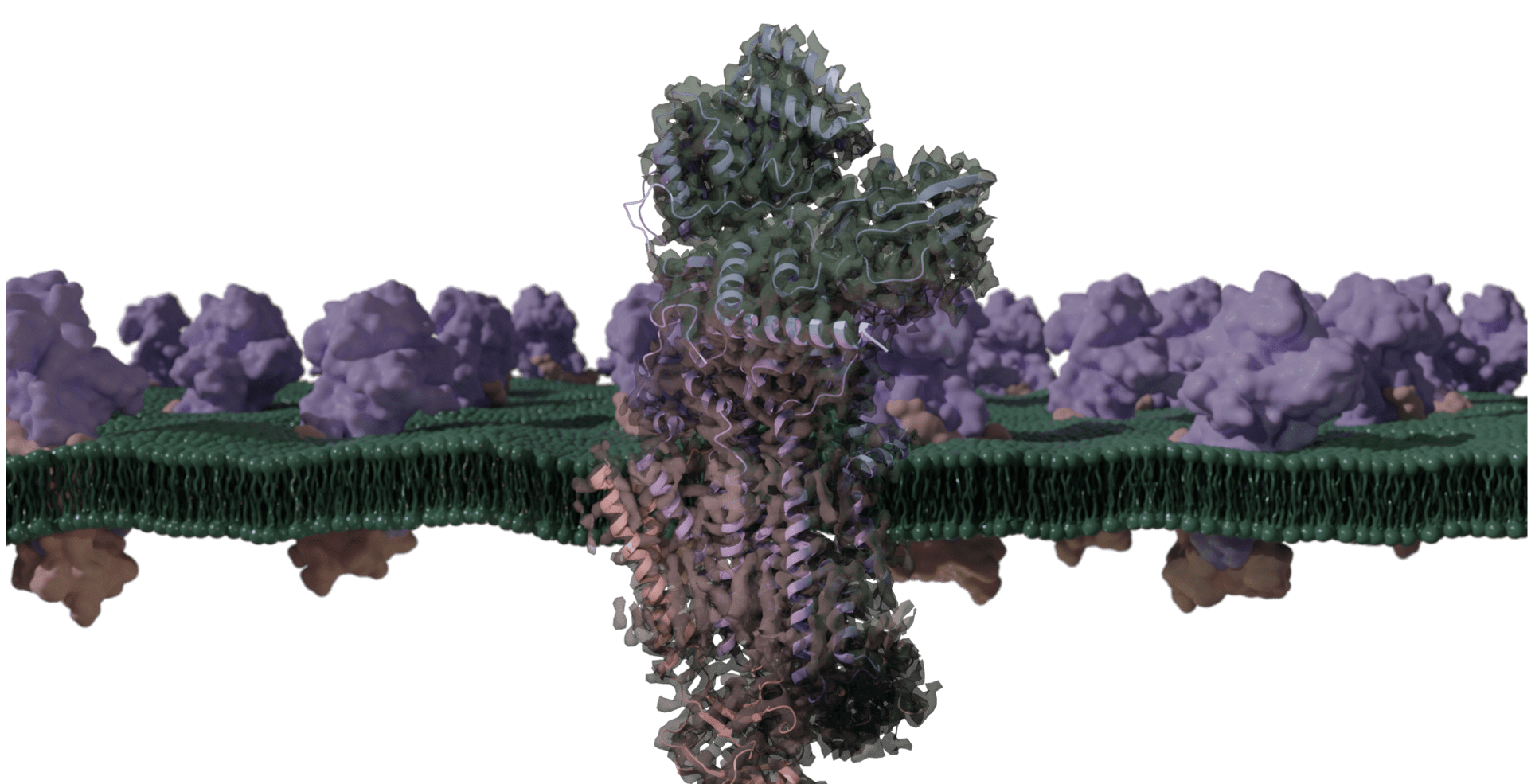Omics Integration and Systems Biology
October 14, 2024 @ 09:00 – October 18, 2024 @ 17:00 CEST
National course open for PhD students, postdocs, researchers, and other employees in all Swedish universities, in need of a general description of different approaches for working with multiple types of biological data. We also welcome applications from outside of Sweden and from the non-academic sector, for more info contact us!
Important dates and information
Application opens: 2024-08-05
Application closes: 2024-09-16
Confirmation to accepted students: 2024-09-23
Course Leader and teachers:
Nikolay Oskolkov (Lund University, course leader)
Rasool Saghaleyni (Chalmers University of Technology, course leader)
Sergiu Netotea (Chalmers University of Technology, course lecturer)
Jennifer Fransson (Uppsala University, course lecturer)
Yuan Li (Lund University, TA)
Nima Rafati (Uppsala University, TA)
In case you miss information on any of the above dates, please contact:
Nikolay Oskolkov, nikolay.oskolkov@scilifelab.se
Rasool Saghaleyni, rasools@chalmers.se
Course fee
A course fee* of 3000 SEK for academic participants and 15 000 SEK for non-academic participants will be invoiced to accepted participants. The fee includes all coffee breaks, all lunches and 1 course dinner.
*Please note that NBIS cannot invoice individuals
Course content
The aim of this workshop is to provide an integrated view of data-driven analysis of biological data through machine learning, graph and network analysis as well as constraint-based modeling integration methods. A general description of different approaches for working with multiple layers of biological information, i.e. Omics data (e.g. transcriptomics and genomics) will be presented with some of the lectures discussing their advantages and pitfalls. The techniques will be discussed in terms of their rationale and applicability.
Topics covered will include:
- Data pre-processing, cleaning and feature selection prior to integration;
- Application of key machine learning methods for multi-omics analysis including deep learning;
- Multi-omics factor analysis, dimension reduction and clustering;
- Single Cell and Spatial transcriptomics integration;
- Biological network inference, community and topology analysis and visualization;
- Condition-specific and personalized modeling through Genome-scale Metabolic models for integration of transcriptomic, proteomic, metabolomic and fluxomic data;
- Identification of key biological functions and pathways;
- Identification of potential biomarkers and targetable genes through modeling and biological network analysis;
- Application of network approaches in meta-analyses;
- Similarity network fusion and matrix factorization techniques;
- Integrated data visualization techniques
Learning outcomes
Upon completion of this course, you will be able to:
- Identify key methods for analysis and integration of omics data based on a given dataset;
- Perform feature selection and dimension reduction techniques;
- Understand strengths and pitfalls of key machine learning techniques in multi-omic analysis;
- Apply unsupervised and supervised machine learning data integration techniques;
- Build biological networks based on different omics data including integrated multi-omics networks;
- Perform centrality and community analyses in graphs;
- Apply network approaches in meta-analyses;
- Apply similarity network fusion of patient data;
- Compare different cell-types or conditions through the application of different biological network analysis techniques;
- Simulate biological functions using constraint-based models and flux balance analysis;
- Identify potential confounding factors and sources of bias.
Entry requirements
The following is a list of skills required for being able to follow the course and complete the exercises:
- Basic knowledge in R or Python;
- Basic understanding of frequentist statistics;
Desirable, but not essential, skills increasing the output of the course, include:
- Experience with NGS and omics analysis
- Completing “Introduction to bioinformatics using NGS data” and “Introduction to biostatistics and machine learning” NBIS courses
Due to limited space the course can accommodate a maximum of 35 participants. If we receive more applications, participants will be selected based on selection criteria, including (but not limited to) correct entry requirements, motivation to attend the course, as well as gender and geographical balance.

